Netherlands
NARS Netherlands (2008 – 2013)
NARS-Netherlands was a temporary project to investigate the crustal and upper mantle structure beneath The Netherlands using a dense network of broadband seismometers. Surface wave tomographic results obtained from earthquakes and seismic noise data were used to determine the shear velocity structure in the upper 40 km beneath The Netherlands.
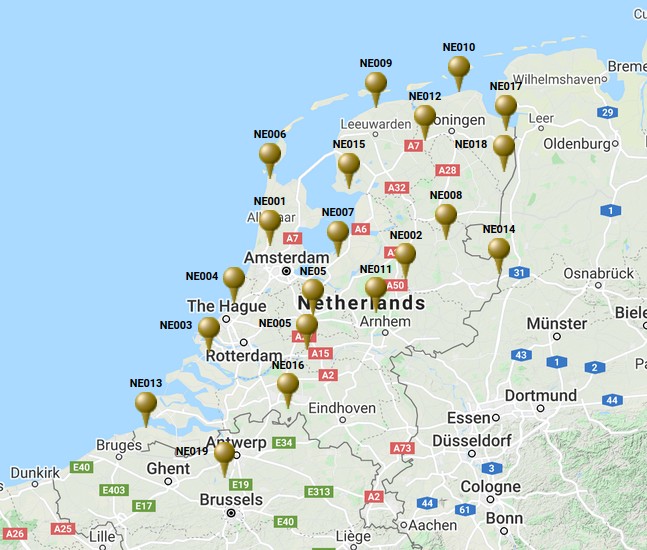
Station list & data
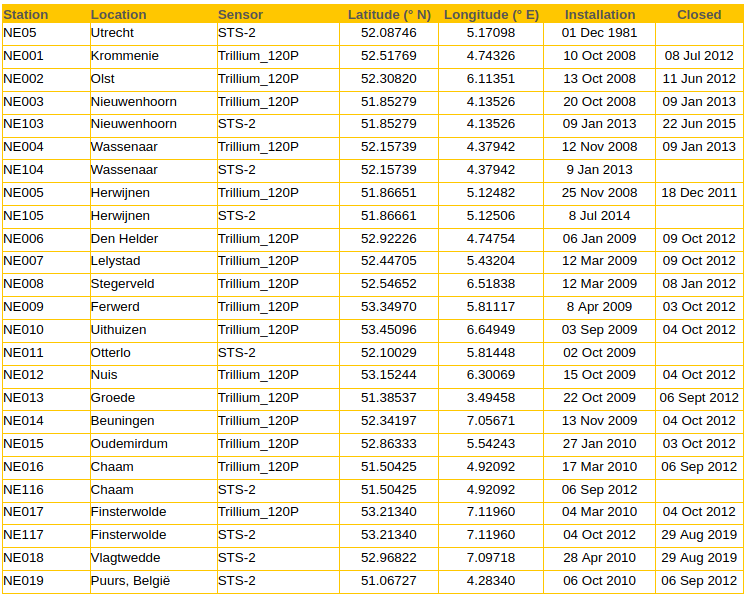
Equipment
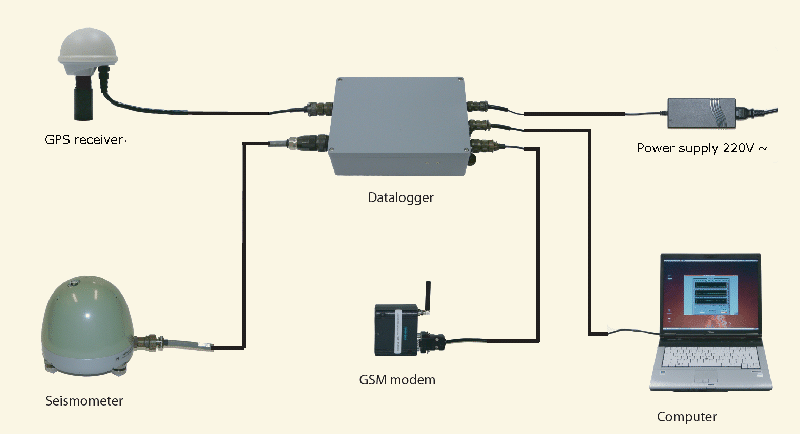
Seismometers
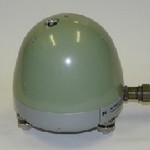 The seismometers used in the NARS Netherlands project are the Nanometrics Trillium 120 (left) and the Streckeisen STS-2 (right) broad band sensors. Both are electronic force-feedback sensors that provide an output signal proportional to ground velocity over a broad frequency range. Three identical obliquely-oriente
The seismometers used in the NARS Netherlands project are the Nanometrics Trillium 120 (left) and the Streckeisen STS-2 (right) broad band sensors. Both are electronic force-feedback sensors that provide an output signal proportional to ground velocity over a broad frequency range. Three identical obliquely-oriente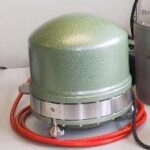 d mechanical sensors are used and standard vertical and horizontal outputs are derived by summing the raw sensor signals within the sensors electronics. The housing is vacuum-tight and designed to minimize the distortion of the package by barometric pressure changes.The sensors are designed for quick and simple installation, wide temperature range operation, and secure transport, while resolving minimum earth noise levels over the frequency range.
d mechanical sensors are used and standard vertical and horizontal outputs are derived by summing the raw sensor signals within the sensors electronics. The housing is vacuum-tight and designed to minimize the distortion of the package by barometric pressure changes.The sensors are designed for quick and simple installation, wide temperature range operation, and secure transport, while resolving minimum earth noise levels over the frequency range.
NARS data logger
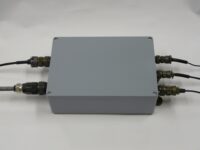 The Seismology group of Utrecht University together with the Instrumental group of the Physics department, developed the NARS seismic data logger. The data logger consists of mainly two components: (1) a data acquisition module, which does the AD conversion and timing. (2) an off-the-shelf embedded computer, for all further data processing. Data is stored on the data logger’s internal hard disk and (optionally) to an external USB stick. All communication with the outside world is done by network communication. The data acquisition module is similar as used with our previous NARS Baja project. For more detailed hardware information go to NARS data logger
The Seismology group of Utrecht University together with the Instrumental group of the Physics department, developed the NARS seismic data logger. The data logger consists of mainly two components: (1) a data acquisition module, which does the AD conversion and timing. (2) an off-the-shelf embedded computer, for all further data processing. Data is stored on the data logger’s internal hard disk and (optionally) to an external USB stick. All communication with the outside world is done by network communication. The data acquisition module is similar as used with our previous NARS Baja project. For more detailed hardware information go to NARS data logger
Timing
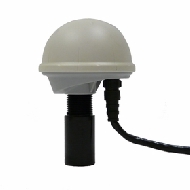 For the NARS data logger timing we use the Trimble Acutime Gold GPS smart antenna. It generates a pulse-per-second (PPS) output synchronized to UTC within 15 nanoseconds, outputting a timing and position packet for each pulse.
For the NARS data logger timing we use the Trimble Acutime Gold GPS smart antenna. It generates a pulse-per-second (PPS) output synchronized to UTC within 15 nanoseconds, outputting a timing and position packet for each pulse.
GSM
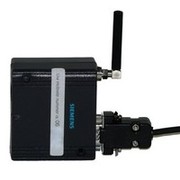 By GSM modem, the datalogger sends daily a short message (SMS) to Utrecht University with all important status information. It is also possible to make a GSM data connection and communicate directly with the datalogger system.
By GSM modem, the datalogger sends daily a short message (SMS) to Utrecht University with all important status information. It is also possible to make a GSM data connection and communicate directly with the datalogger system.
Portable computer
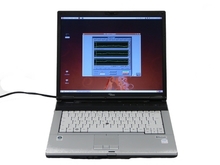 For station setup, data collection and communication with the datalogger we use a portable computer running Linux. Communication is established by Ethernet using the virtual console program Xvnc.
For station setup, data collection and communication with the datalogger we use a portable computer running Linux. Communication is established by Ethernet using the virtual console program Xvnc.
For more detailed software information visit the NARS Baja equipment page.

